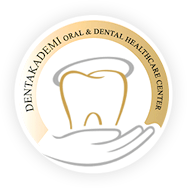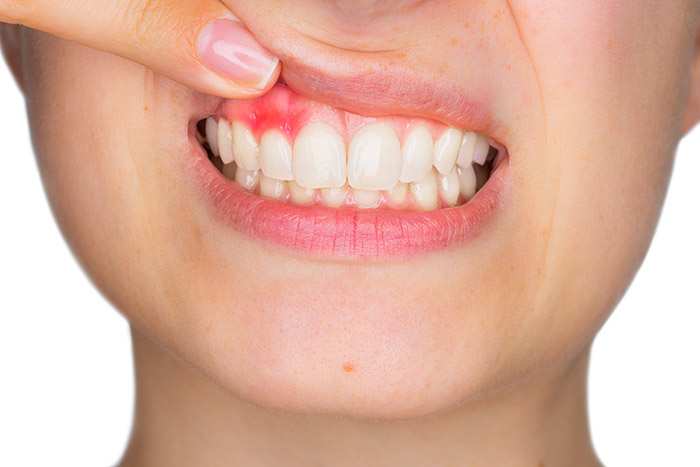What is gum disease?
Gums consist of soft tissue. It surrounds the lower teeth of your teeth tooth. Looking at the teeth.
The gum problem is the inflammation of the gums. It is caused by bacterial plaque, an adhesive film that builds up on the teeth and gums. The bacterial plaque produces acid and toxins that cause redness, swelling or bleeding of the gums.
Over time, gum problems may cause the gums to be pulled out of the teeth. This results in pockets between the teeth and the gums. These pockets cause the microbes to lose dollars and weaken the bone around the teeth.
Gum problem is common. Many people experience a gum problem at an early stage, which can be treated with a good oral care. However, if you ignore the gum problem, the bones around the tooth become weak, causing the tooth to shake and eventually to bang.
Most people don’t know that they have gum problems. It is therefore important to visit the dentist regularly for cleaning and control purposes.
What are some symptoms of gum problems?
- Bleeding gums when red, swollen, brushed or flossed
- These are the beginning of the gum problem. It can usually be treated with good oral care.
- Toothache or sensitivity
- The gums that are pulled from the teeth cause the teeth to be sensitive to hot or cold foods or beverages.
- Stubborn halitosis
- Permanent teeth swinging or expanding; When you bite your teeth changes in the form of merger
- This is the most serious gum problem called periodontitis.
Brief information on gum problems …
The gum problem is an inflammation that affects the gums and the surrounding bone.
When the microbes in the bacterial plaque cause redness and swelling of the gums and sometimes cause bleeding, the gingiva problem begins.
A lot of people don’t know about gum disease. It is therefore important that you regularly visit your dentist.
Bleeding at the gums during brushing points to an unhealthy gum. Gingival Diseases Specialist, who stated that healthy gums should be pale pink and tight. Dr. Mete Toptaş underlined that bleeding did not occur in healthy gums during brushing.
Gingival bleeding is often an indication of an inflammatory condition, Dr. Mete Toptaş, red, bright and swollen inflammation of the gums appear.
Therefore, in such haemorrhagic conditions, our patients should appear as soon as possible to the Gingival Disease Specialist.
What are the most common gum diseases?
The most common gum diseases are inflammatory gum diseases. Perhaps the most common disease in the world is the 85% of people living in a certain period of their lives. If we define the inflammatory gum disease, we can roughly split it into two; this may start as a superficial gum disease, we describe it as GINGIVITIS , and it is characterized by a swelling of the gums where the gums are affected, and with bleeding.
In the second type, if the treatment is not seen at the beginning of the disease, the disease may progress, affect the tissues under the gum, the bone that surrounds the root of the tooth can be affected and the treatment may return to a more comprehensive condition. The bone lost in the treatment is recovered and the disease does not progress. In some cases, gingival disease is very aggressive, in these aggressive forms, even in the mid-20s our patients lose enough bone to lose their teeth and lose their teeth. Therefore, complaints about the gums in the mouth without waiting for the doctor to consult with the diameter of the disease, the affected area should be determined and the treatment should be initiated as soon as possible.
How is gum disease treated?
Periodontal treatment aims to improve the diseases of soft and hard tissues surrounding the teeth and to correct the destruction of these diseases. For this reason, the first step of the treatment is to clean the dental plaque, which is the main factor of the disease, by using the brush / tooth-rope / interface brush and remove the debris on the tooth by the dentist with special tools. This phase, called initial treatment, is the basis of periodontal procedures. It can be used as a treatment method in simple gingivitis or as a preparation for periodontal operation in advanced cases.
Inflammatory gums, enlarged gums, pulled gums, teeth and gums between the jaw bones formed due to the melting of the bones (pocket) and in order to treat bone resorption, usually under local anesthesia, new bone formation is targeted, help biomaterials (bone powder, membrane, etc.) surgical procedures are called periodontal operation.
Periodontal operations may only concern the gums or all the tissues surrounding the teeth. If the disease only concerns the gums, the enlarged gums are cut away from the mouth, the deep tissues are progressed and when the bone resorption occurs, a different operation is performed. The gums are removed, the inflamed tissues are cleared, the bone is corrected, or various biomaterials are applied to create new bone. Then, the gingiva is placed and covered to cover the bone and the tissue is left to heal. Stitches are removed after 1 or 2 weeks. Controls are required at intervals of 3-6 months after the operation. With the treatment, it is expected to eliminate the inflammation, stop the progression of the disease, create an oral environment in which the patient will perform self-cleaning effectively, and in the case of biomaterial use, the reconstruction of the tissues that are destroyed as a result of the disease is expected. As a result of this, people keep their natural teeth in their mouths for long years.
 Starting phase of inflammation |  Treated |
 Inflammation of the gums and also drug-related growth |  3 weeks after the operation |



